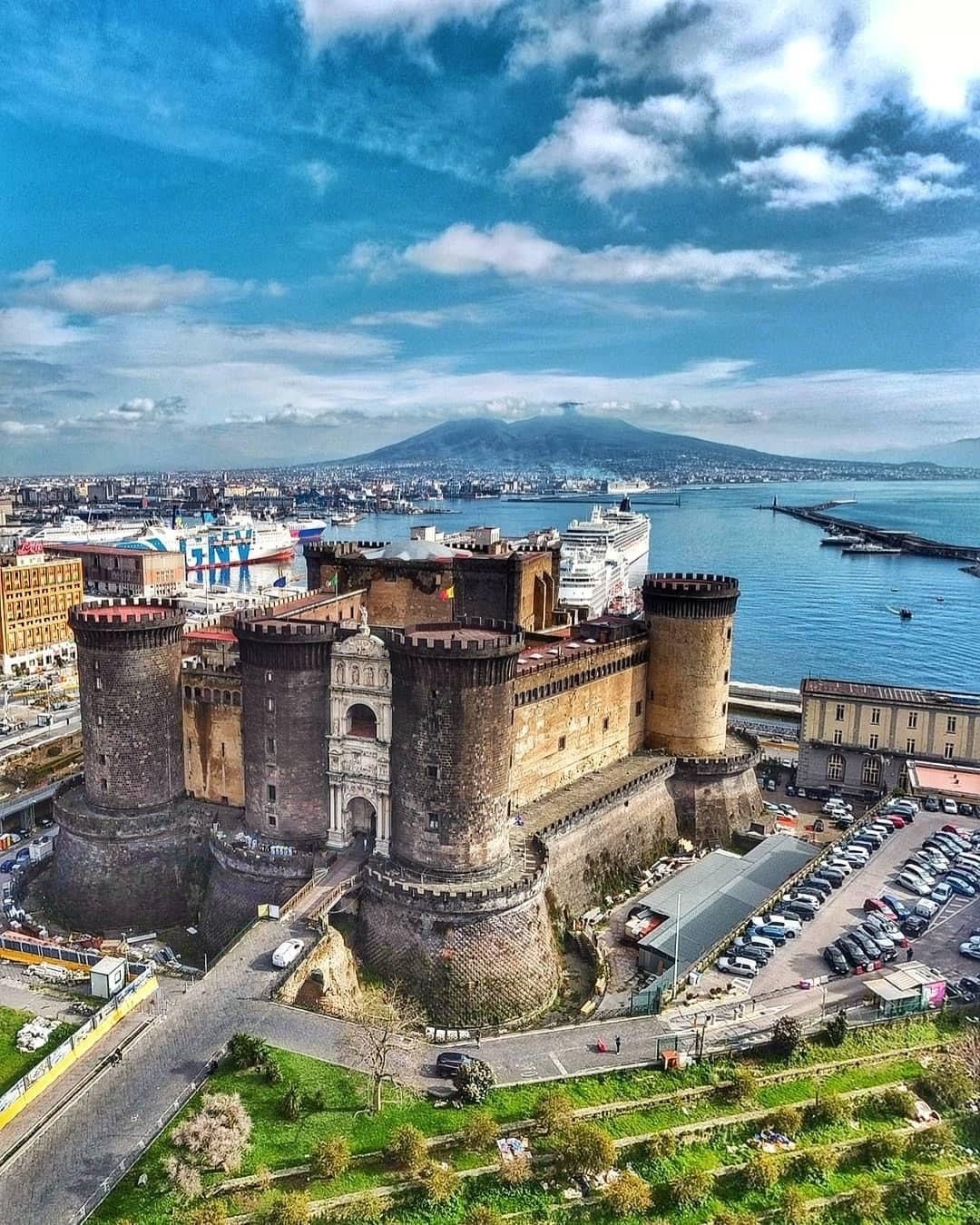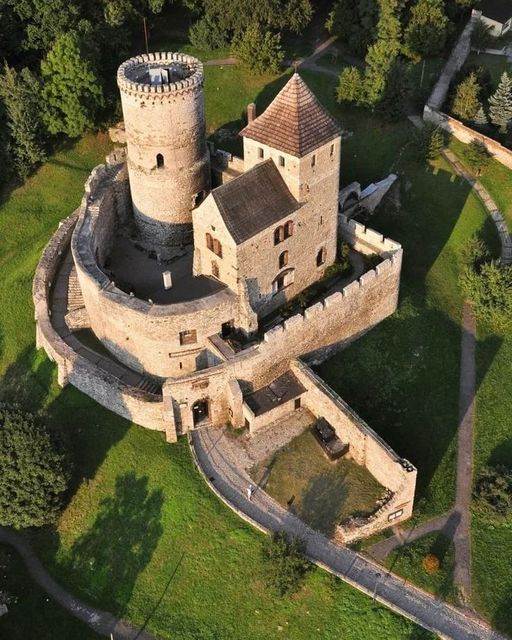The Eddleman–McFarland House, sometimes referred to as the Ball–Eddleman–McFarland House or simply the McFarland House, is a significant historic residence located in the Quality Hill section of Fort Worth, Texas. Built in 1899, this house stands on a bluff above the Trinity River, within an area that was once known for its collection of grand Victorian homes owned by the affluent “Cattle Baron Families.” Today, few of these homes remain, making the Eddleman–McFarland House a rare and valuable piece of architectural history.
The house was designed by Howard Messer for Sarah Ball, who unfortunately passed away within five years of its completion. Following her death, William Eddleman, the founder of the Western National Bank, acquired the property. Eddleman was a prominent figure in Fort Worth’s banking industry, having established the Western National Bank in 1906. However, the bank faced financial difficulties and ultimately failed in 1913.
The Eddleman–McFarland House became the home of Eddleman’s daughter, Carrie McFarland, who resided there until her death in 1978. Carrie McFarland’s long tenure in the house contributed significantly to its preservation and historical continuity. Throughout the years, the house has witnessed the transformation of Fort Worth and has stood as a testament to the opulent lifestyle of the city’s early elite.
Architecturally, the house is a fine example of Victorian design, characterized by intricate detailing and grandeur typical of the era. Its location on a bluff provides a picturesque view of the Trinity River, adding to its charm and historical value. The Eddleman–McFarland House not only reflects the personal histories of its notable residents but also serves as a symbol of the economic and social developments in Fort Worth during the late 19th and early 20th centuries.
Today, the Eddleman–McFarland House is an important cultural landmark. It offers a glimpse into the past, allowing visitors and residents alike to appreciate the rich history and architectural beauty of Fort Worth’s early days. The preservation of this house ensures that future generations can continue to learn about and appreciate the city’s heritage.


